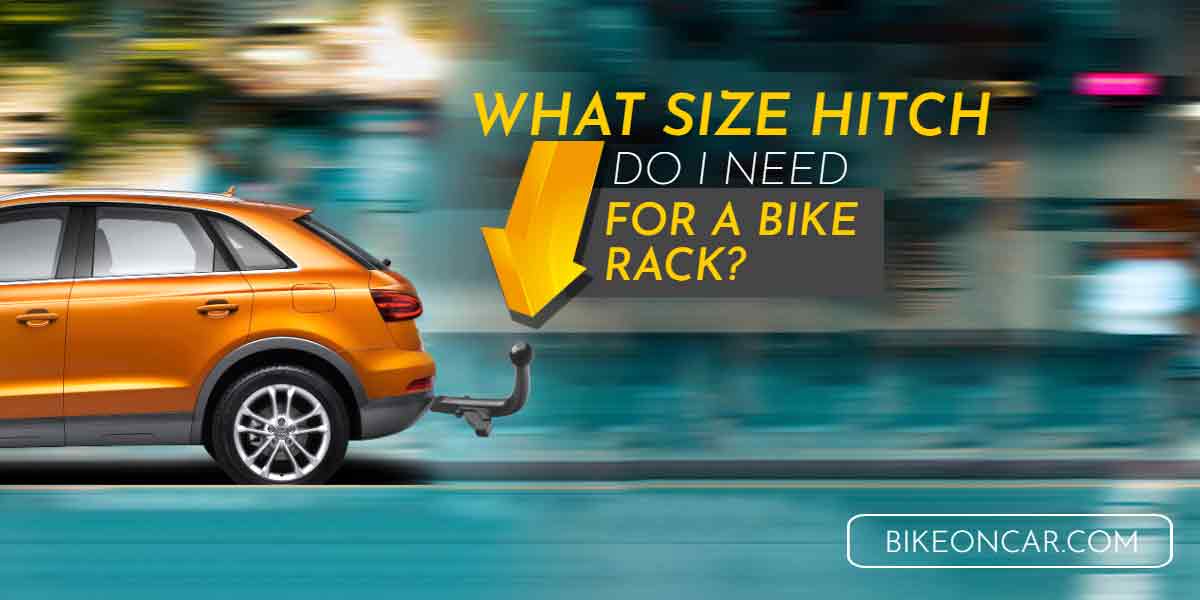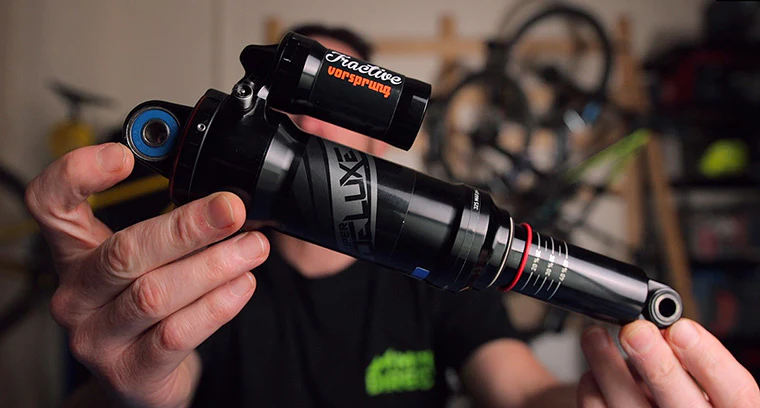What size hitch do I need for a bike rack? When it comes to transporting your bike safely and securely, a bike rack is an essential accessory for any cyclist. However, choosing the right size hitch for your bike rack can be a bit confusing. Hitch sizes can vary, and it’s essential to make sure that your bike rack is compatible with your vehicle’s hitch size.
As an affiliate, we earn from qualifying purchases. We get commissions for purchases made through links in this website’s posts from Amazon and other third parties.
The size of your hitch will depend on your vehicle’s towing capacity and the weight of the bike rack and bikes you plan to transport. Hitch sizes range from 1-1/4″, 2″, or even 2-1/2″, and some vehicles may have a different size hitch altogether. It’s important to check your vehicle’s owner’s manual to determine the size of your hitch.

The size refers to the square receiver tube that fits into your vehicle’s hitch receiver. It’s crucial to ascertain the correct hitch size as it determines the compatibility between your vehicle and the bike rack you intend to purchase.
The hitch receiver is typically situated below the rear bumper and has a square or rectangular opening. Measure the width and height of the receiver tube, as this will help identify the correct hitch size.
If the opening measures around 1 1/4 inches, you have a Class I or Class II hitch, and your vehicle requires a 1 1/4-inch hitch receiver. On the other hand, if the opening measures approximately 2 inches or 2-1/2″, you have a Class III, Class IV, or Class V hitch, and your vehicle requires a 2-inch or 2-1/2″ hitch receiver.
In addition to the weight and number of bikes, it’s important to consider the weight capacity of your hitch. Make sure to check the weight capacity of your hitch before purchasing a bike rack. Choosing the right size hitch for your bike rack will ensure a safe and secure ride for you and your bikes.
If you have a smaller bike rack that can carry one or two bikes, a Class I hitch with a 1 1/4-inch receiver will be sufficient. This type of hitch is designed for lighter loads and is commonly found on smaller cars and SUVs.
However, if you plan to transport more bikes or heavier bikes, you may need a Class II or Class III (or upper Class) hitch with a 2-inch or 2-1/2″ receiver. These hitches are designed for heavier loads and are typically found on larger vehicles such as trucks and SUVs.

What size hitch do I need for a bike rack? Once you know the size of your hitch, you can choose a bike rack that is compatible with your hitch size. Some bike racks are designed to fit multiple hitch sizes, while others are specific to a certain size.
It’s important to choose a bike rack that is rated for the weight of your bikes and that fits securely in your hitch. By selecting the right size hitch for your bike rack, you can transport your bikes safely and enjoy your cycling adventures with peace of mind.
What size hitch do I need for a bike rack?
If you decide to go with a hitch-mounted bike rack, you’ll need to know what size hitch receiver your vehicle has. Hitch receivers as said before, come in several sizes, including 1-1/4″, 2″, and 2-1/2″. The size of your hitch receiver will determine what size hitch you need for a bike rack.
Most hitch-mounted bike racks are designed to fit 2″ hitch receivers. However, there are some racks that are designed to fit 1-1/4″ hitch receivers. If you have a larger vehicle, such as an SUV or truck, you may have a 2-1/2″ hitch receiver. In this case, you’ll need to look for a bike rack compatible with a 2-1/2″ hitch receiver.
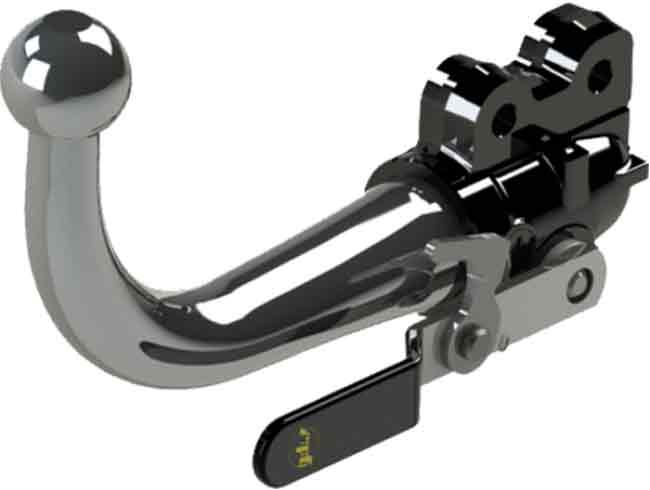
It’s important to note that not all hitch-mounted bike racks are compatible with all hitch receivers.
Before purchasing a bike rack, make sure to check the manufacturer’s specifications to ensure that it is compatible with your vehicle’s hitch receiver.
What Class hitch do you need for a bike rack? A comprehensive guide
Before you install a bike rack, you need to determine what class hitch you need. The class hitch you need depends on the weight of your bike and the type of vehicle you have.
Hitches come in different classes, ranging from Class I to Class V. The class of hitch you need for your bike rack will depend on the weight of your bike and the number of bikes you want to transport. Here’s a breakdown of the different hitch classes and the bike racks they can accommodate:
- Class I hitches are designed for lighter loads, such as small bike racks that can hold one or two bikes. These hitches are commonly found on smaller vehicles, such as sedans and compact cars. This hitch class is designed for light-duty use and can accommodate up to 2 bikes. It has a maximum weight capacity of 2,000 pounds and a tongue weight capacity of 200 pounds.
- Class II hitches can handle slightly heavier loads and are typically found on larger vehicles, such as SUVs and minivans. This hitch class is also designed for light-duty use and can accommodate up to 3 bikes. It has a maximum weight capacity of 3,500 pounds and a tongue weight capacity of 350 pounds.
- Class III hitches can handle even heavier loads and are commonly used for larger bike racks that can hold up to four bikes. These hitches are typically found on trucks and larger SUVs. This hitch class is designed for medium-duty use and can accommodate up to 4 bikes. It has a maximum weight capacity of 5,000 pounds and a tongue weight capacity of 500 pounds.
- Class IV hitches are designed for heavy-duty use and accommodate up to 5 bikes. They have a maximum weight capacity of 10,000 pounds and a tongue weight capacity of 1,000 pounds.
- Class V hitches are designed for extra-heavy-duty use and can accommodate up to 6 bikes. They have a maximum weight capacity of 20,000 pounds and a tongue weight capacity of 2,000 pounds.
Note: Class I or Class II hitches can be attached to vehicles with hitch apertures as small as 1.25 inches. Class III or Class IV hitches require a 2-inch opening. Some automobiles come with a 2.5-inch Class V hitch that can fit Class IV hitches and pull up to 13,000 pounds.
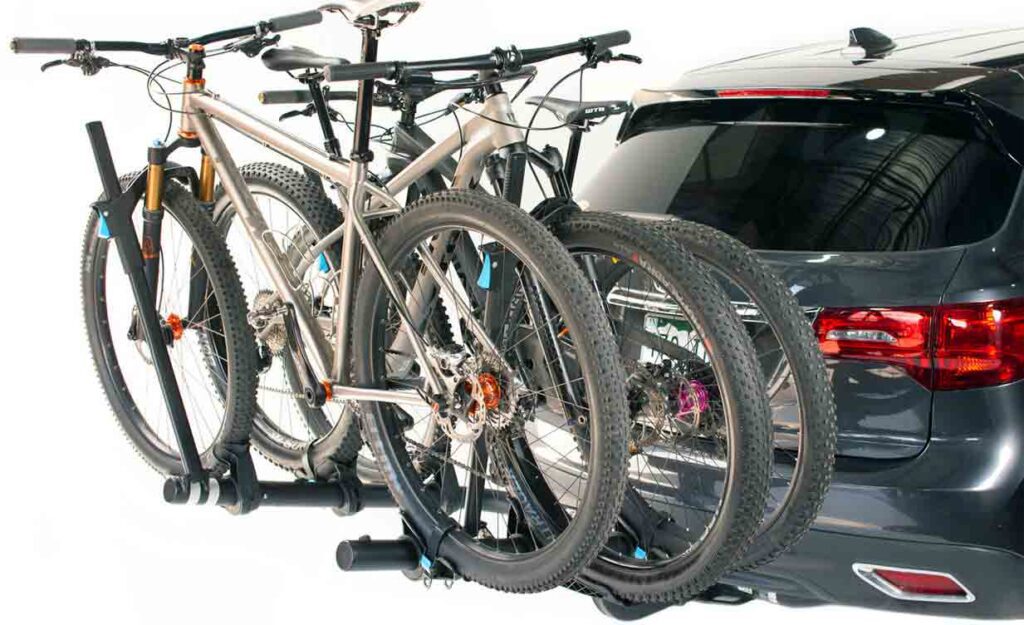
It’s important to note that the weight capacity of your hitch is not the same as the weight capacity of your vehicle. You should always consult your vehicle’s owner’s manual to determine its towing capacity before installing a hitch and bike rack. Additionally, it’s important to properly secure your bike to the bike rack to prevent any damage during transport.
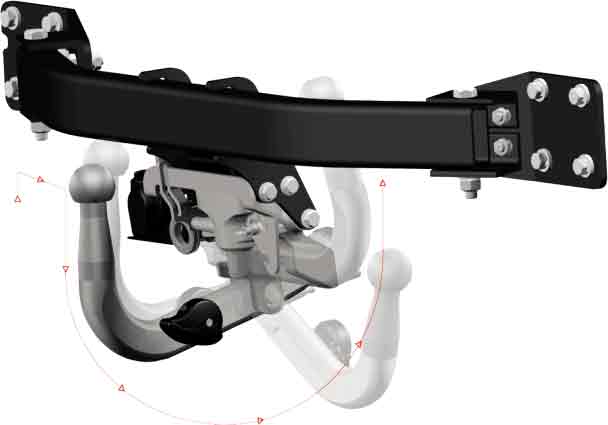
In summary, understanding the different hitch classes and their weight capacities is crucial when selecting a bike rack for your vehicle.
Make sure to choose a hitch and bike rack that can safely accommodate the weight of your bike(s) and follow all manufacturer instructions for installation and use.
Considerations for bike rack compatibility
Apart from hitch size, it’s essential to consider other factors when selecting a bike rack for your vehicle:
- Weight Capacity: Ensure that the bike rack you choose can support the weight of your bikes. Check the manufacturer’s specifications for the maximum weight capacity of the rack.
- Bike Frame Compatibility: Some bike racks are not suitable for certain types of bike frames, such as carbon fiber frames or women’s step-through frames. Ensure that the rack you choose can accommodate your specific bike frame design.
- Security Features: Look for bike racks that offer security features like integrated locks or cable locks to protect your bikes from theft.
- Access to Trunk or Tailgate: Depending on your vehicle’s design, certain bike racks may obstruct access to the trunk or tailgate. Consider whether this will be an issue for you.
You can find several kinds of hitches and all their necessary accessories on the market.
Conclusion
What size hitch do I need for a bike rack? Determining the class hitch you need for your bike rack is an important step in ensuring your bike’s and other drivers’ safety on the road. Also, by understanding your bike’s weight and your vehicle’s capabilities, you can choose the appropriate hitch and bike rack for your needs.
Make sure you accurately determine your vehicle’s hitch size before purchasing a bike rack and ensure that the chosen rack is compatible with your hitch size. Take into account other factors such as weight capacity, bike frame compatibility, and security features to make the best choice for your needs.
With the correct hitch size and a reliable bike rack, you’ll be able to transport your bikes easily, whether it’s for a quick ride around town or an epic biking adventure.

- Locking Bike Hitch Rack - 17/03/2025
- Bicycle Protective Gear for Adults - 17/03/2025
- How to Find Bike Trails - 16/03/2025

